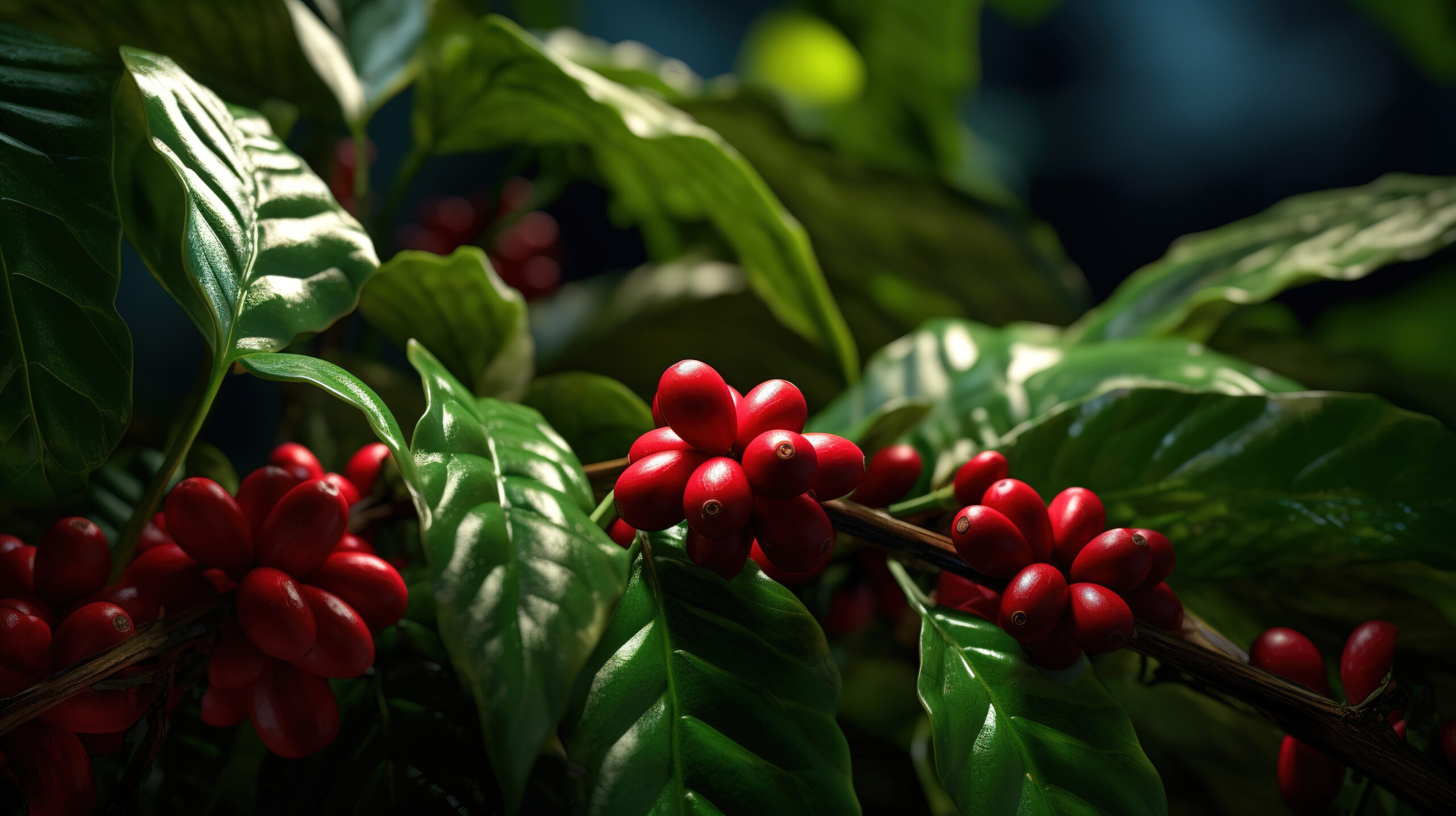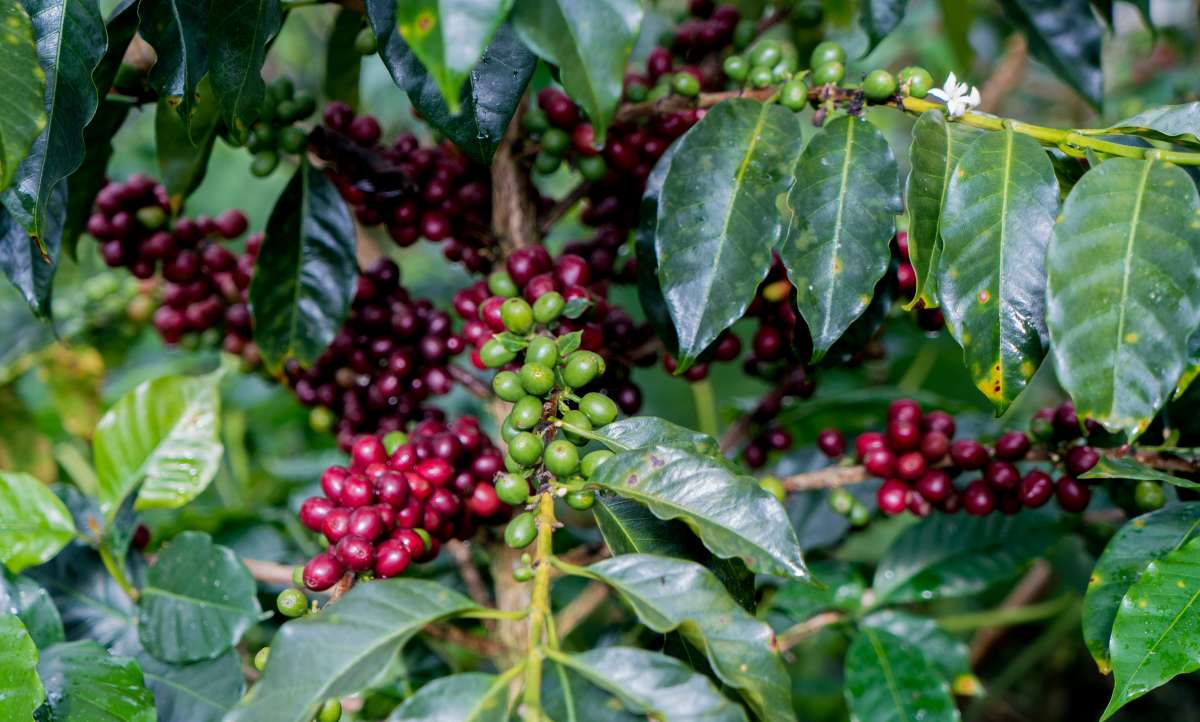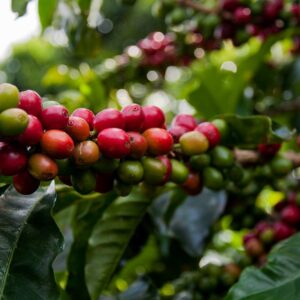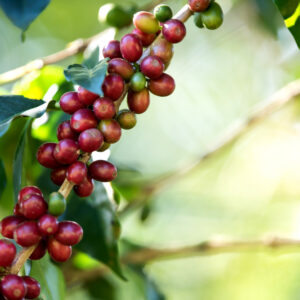
Store
Peru Green Coffee
Coffee arrived in Peru relatively early – in the mid-1700s – but was not cultivated for commercial exports until about the 20th century amid growing demand from Europe and a significant decline in coffee production in Indonesia. Britain’s presence and influence in the country helped boost and accelerate exports: in the early 1900s the British government owned about 2 million acres from the Peruvian government as a payment for default debt, and much of that land became British. – the coffee plantations he owns.
As in many Central and South American countries, as large 20th-century land belonging to Europe was sold or redistributed, farmland grew smaller and more fragmented, offering farmers independence as well as limiting their access to resources and the larger retail market. Unlike many other countries dominated by small entrepreneurs in the coffee economy, Peru does not have the organization or infrastructure to provide economic or technical support to farmers – a loophole that outside organizations and certificates are trying to fill. The country has a large number of certified organic coffee as well as Fair Trade, Rainforest Alliance and UTZ certified coffee. About 30 per cent of the country’s small entrepreneurs are members of democratic cooperatives that have increased the visibility of coffee from the area,
Since 2010, Peru has been one of the best producers of Arabica coffee, often ranked world number five in Arabica production and exports. The remoteness of coffee farms and the incredibly small size of medium-sized farms have hampered the single farm differentiation that allows for the development and marketing of microlots in other growing regions, but as with anything else in special coffee, this is changing rapidly. and so on. The country’s green highs and good faithful varieties offer growers the potential to overcome barriers to limited infrastructure and market access and, as production increases, we are seeing more such improvements.
Coffee-making population – 110,000-150,000 manufacturers
Average size of agriculture – 3 hectares
Annual export bags – 4.2 million
Growing regions – Amazonas, Ayacucho, Cajamarca, Cusco, Huanaco, Junin, Pura, Puno, Villa Rica
Total species – Burbon, Typica, Catuai, Caturra, Mundo Novo, Pache
Emal method/s – Washed
Country Special Value – SHB (Strictly Hard Bean, 1350+ masl); HB (Hard Bean, 1200–1350 masl)
Bag Size – 69kg
Harvest Period – June-September
Typical arrival – January-June




